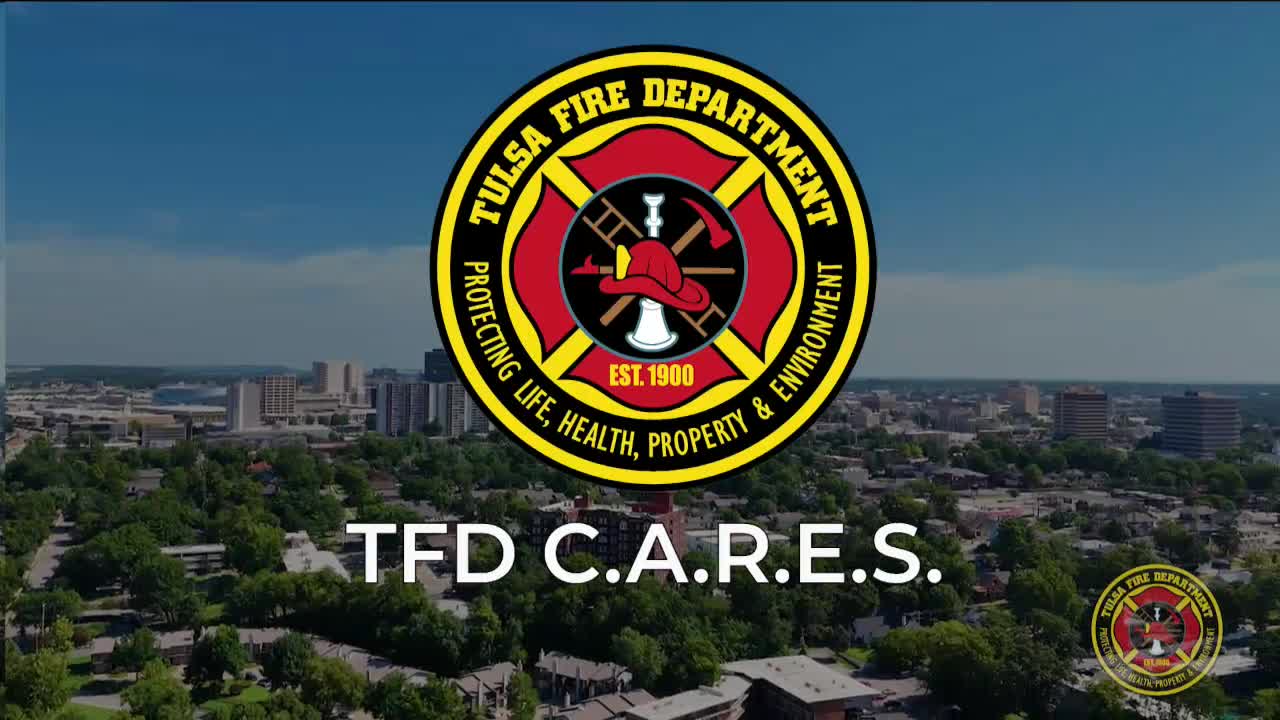Fire department’s community programs expand: TFT Cares, overdose response and alternate‑response teams described to council
October 15, 2025 | Tulsa, Tulsa County, Oklahoma
This article was created by AI summarizing key points discussed. AI makes mistakes, so for full details and context, please refer to the video of the full meeting. Please report any errors so we can fix them. Report an error »

Tulsa Fire Department leaders briefed the council on several community‑health programs that pair medically trained personnel with case managers and peer recovery specialists to reduce repeated 911 use and connect people to long‑term services.
Fire officials described TFT Cares (community assistance referrals and educational services), which they said reduced 911 high‑utilizer calls by roughly 70–80% for participants in early rollout data tracked through 2023. TFT Cares uses case managers funded by hospital partnerships to follow up with frequent callers, make in‑home visits and address social determinants of health such as access to food, medication adherence and home safety modifications.
The department also outlined its overdose response team (ORT), which deploys a community paramedic paired with a peer recovery specialist to overdose calls and provides on‑scene harm‑reduction kits, Naloxone, test strips and direct referrals to treatment. “We saw other cities deploy similar models,” a team member with lived experience said, describing how peer connections help build trust and encourage treatment referrals.
Two alternate‑response units were discussed. ART‑1 pairs a firefighter‑paramedic with a mental‑health clinician from a partner agency to respond to mental‑health crises and follow up with at‑risk individuals. ART‑2 is a downtown‑focused community paramedicine unit that conducts wellness checks, provides minor medical care and coordinates referrals for unhoused populations and frequent callers.
Officials said the programs allow traditional suppression units and ambulances to remain available for high‑acuity calls by responding in place of those resources when appropriate and by spending more time resolving social‑determinant needs. Fire staff said ART and TFT Cares have shown early operational success and that the department is pursuing ongoing partnerships and grant funding to support the work.
Councilors welcomed the programs and asked for data on outcomes and how the department coordinates with police, health and homelessness partners; staff said they would provide outcome metrics and continue to refine coordination protocols.
Fire officials described TFT Cares (community assistance referrals and educational services), which they said reduced 911 high‑utilizer calls by roughly 70–80% for participants in early rollout data tracked through 2023. TFT Cares uses case managers funded by hospital partnerships to follow up with frequent callers, make in‑home visits and address social determinants of health such as access to food, medication adherence and home safety modifications.
The department also outlined its overdose response team (ORT), which deploys a community paramedic paired with a peer recovery specialist to overdose calls and provides on‑scene harm‑reduction kits, Naloxone, test strips and direct referrals to treatment. “We saw other cities deploy similar models,” a team member with lived experience said, describing how peer connections help build trust and encourage treatment referrals.
Two alternate‑response units were discussed. ART‑1 pairs a firefighter‑paramedic with a mental‑health clinician from a partner agency to respond to mental‑health crises and follow up with at‑risk individuals. ART‑2 is a downtown‑focused community paramedicine unit that conducts wellness checks, provides minor medical care and coordinates referrals for unhoused populations and frequent callers.
Officials said the programs allow traditional suppression units and ambulances to remain available for high‑acuity calls by responding in place of those resources when appropriate and by spending more time resolving social‑determinant needs. Fire staff said ART and TFT Cares have shown early operational success and that the department is pursuing ongoing partnerships and grant funding to support the work.
Councilors welcomed the programs and asked for data on outcomes and how the department coordinates with police, health and homelessness partners; staff said they would provide outcome metrics and continue to refine coordination protocols.
View full meeting
This article is based on a recent meeting—watch the full video and explore the complete transcript for deeper insights into the discussion.
View full meeting
